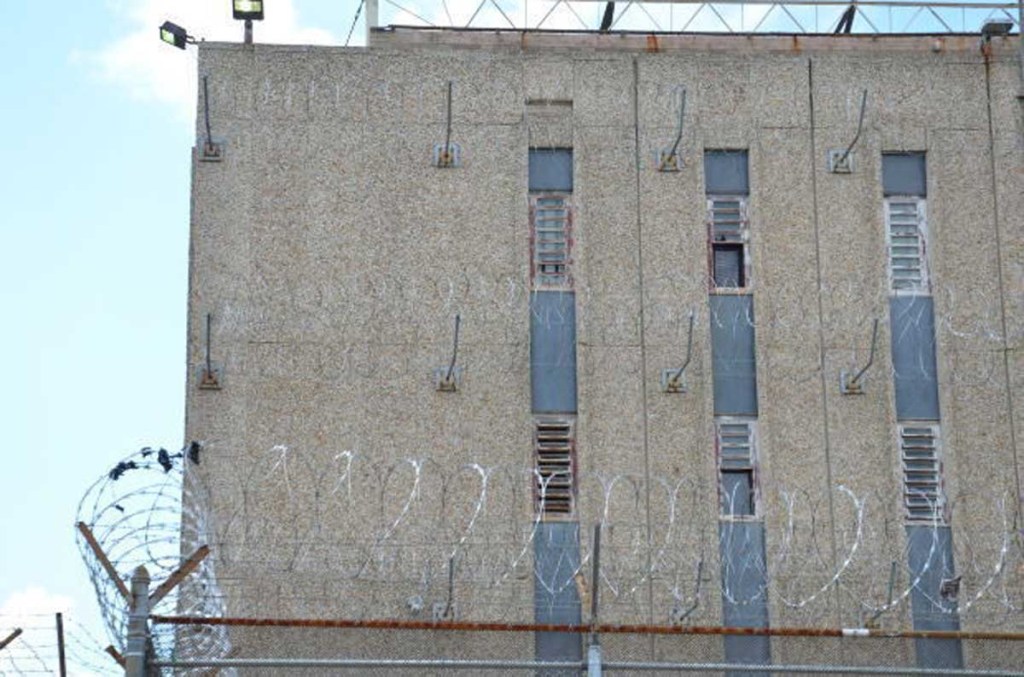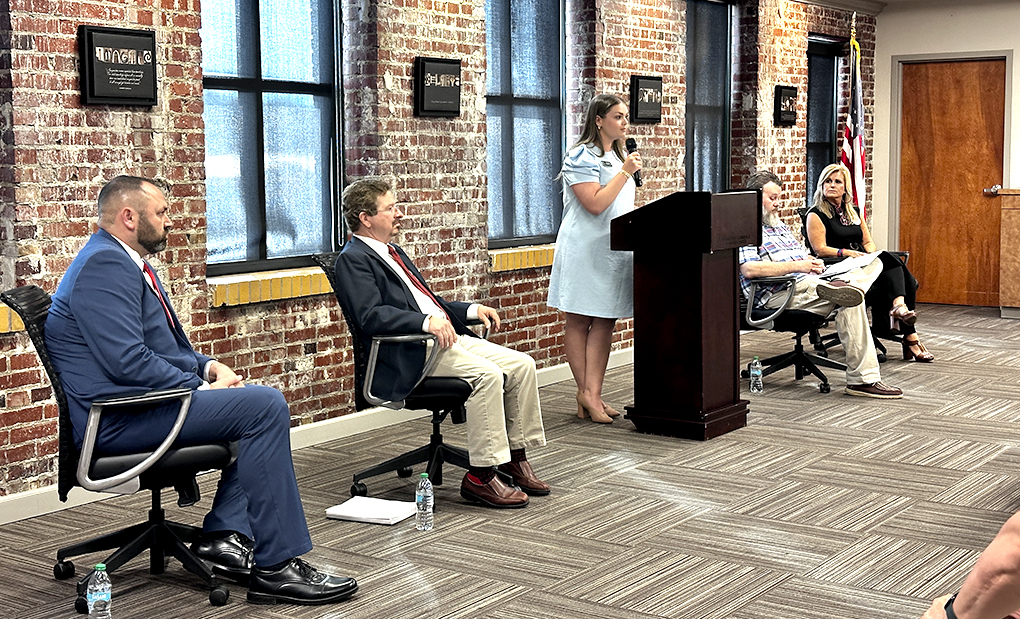The U.S. saw fewer executions and death sentences in 2015 than it has in decades
Published 12:45 pm Wednesday, December 16, 2015

- The U.S. saw fewer executions and death sentences in 2015 than it has in decades
WASHINGTON – This year, the death penalty in the United States has been debated by the Supreme Court and criticized by President Obama. It has been legislatively abolished in Nebraska, where lawmakers voted to make that state the latest to abandon capital punishment, and halted in Pennsylvania, which became the newest state to declare a moratorium on executions.
Here is one thing that we didn’t see very frequently, though: Capital punishment, the actual practice of sentencing inmates to death and then carrying those sentences out.
The death penalty was rarely used this year, as capital punishment continued its years-long decline in the United States in 2015. Fewer death sentences were handed down than have been in a single year for more than four decades, while fewer inmates were executed than have been in nearly a quarter of a century.
“We’re looking at sea change,” Robert Dunham, executive director of the Death Penalty information Center, said in an interview. “This is not the start of something, we’re in the middle of it right now. And the direction it’s moving is towards severely limiting or abolishing the death penalty.”
This is not a new trend. But it is striking just how far the United States has changed from just two decades ago, when a single year could see hundreds of death sentences handed down and dozens of inmates put to death — a period that coincided with the apex of the death penalty’s modern popularity.
The mid-1990s were an era of heightened fear and crime, something encapsulated by then-President Clinton signing a crime bill in 1994 — after the violent crime rate already began to plummet, as it turned out — that ramped up penalties in the wake of a crack cocaine epidemic. It was also the same period that wound up being the death penalty’s recent apex, both in terms of public opinion and death sentences imposed and carried out.
This year, states and the federal government imposed 49 death sentences, according to a new report from the Death Penalty Information Center examining the year for capital punishment. The number is dramatically down from the more than 300 death sentences the Death Penalty Information Center says were issued each year between 1994 and 1996.
States carried out 28 executions this year, the sixth consecutive year that the number of executions declined or remained the same. The 28 executions is half of what it was two decades earlier.
“Most years do not show the same dramatic declines in every measure that we have seen in 2015, but the overall pattern and long-term trend have been away from the death penalty,” Dunham wrote in the new report.
Capital punishment remained the practice of a fading number of states, as just a handful carried out executions. Other states hoped to do so, of course, but were unable to, owing to court challenges, the ongoing shortage of lethal injection drugs or governors stepping in.
In Oklahoma, authorities carried out one execution this year before the U.S. Supreme Court agreed to hear a challenge to that state’s lethal injection procedure due to a drug that had been used in three executions that went awry last year. As a result, Oklahoma delayed other executions, and Florida postponed an execution because it uses the same lethal injection drugs as Oklahoma. This meant that two of the most active states when it comes to capital punishment spent part of this year with their death penalties essentially on hold.
The justices upheld Oklahoma’s protocol, but the state called off its next scheduled execution at the last minute when officials found they had gotten the wrong drug, and they later postponed all executions after learning they had used the incorrect lethal injection drug earlier this year.
Ohio, another leading death-penalty state, pushed all executions scheduled for this year to allow it to find lethal injection drugs — and in October, state officials announced that it would delay all executions scheduled for next year until 2017, 2018 and 2019. Other states have adopted or expanded methods meant to deal with the shortage of lethal injection drugs, something we saw when Utah widened its ability to use firing squads and Oklahoma made nitrogen gas a new backup method there.
In the end, all of the year’s executions were carried out by six states, and nearly half of them in a single state — Texas, which remains the country’s leading death-penalty state.
A similar trend played out with death sentences, as three states — California, Florida and Alabama — saw more than half of the country’s total death sentences this year, according to the report from the Death Penalty Information Center, a Washington-based nonprofit group. (The report was released early Wednesday morning, and The Washington Post reviewed a draft copy before it was publicly released.) Meanwhile, the death row population fell below 3,000 people for the first time since early 1995, the report found.
The modern peak of executions actually came a few years after the height of concern over crime and the surge in death sentences in the mid-1990s. Between 1997 and 2005, the country executed at least 59 people per year; outside of that window, there has been no year in the modern era that has reached that figure.
As the number of death sentences has plummeted, and as the number of executions dwindled, public support for the death penalty has also declined, though polls show a majority of Americans remain in favor of the practice.
In 1996, nearly four out of five Americans (78 percent) said they supported the death penalty, the Pew Research Center reported, but that number fell to 56 percent earlier this year. A Gallup poll released last month said that 61 percent of Americans supported the death penalty, down from 80 percent in 1994.
In Nebraska, lawmakers voted to scrap the death penalty in favor of life imprisonment earlier this year, overriding a veto from the governor and making that state the 19th to abolish capital punishment. However, that law is on hold after people submitted enough signatures to halt the repeal from going into effect until voters can weigh in on the issue next November. (The governor has said he will not try to execute any inmates currently on death row before that vote occurs.)
If the law is ultimately upheld, Nebraska’s death-row inmates will have their current sentences converted to life imprisonment. In some other states, though, the death penalty has been abandoned but sentences left intact for people on death row, creating an odd sense of ambiguity.
Two of these states — Maryland and Connecticut — resolved that this year: Before he left office as Maryland’s governor, Martin O’Malley officially commuted the sentences of the state’s remaining death-row inmates, while the Connecticut Supreme Court said it would be unconstitutional to execute the remaining inmates on death row there.





